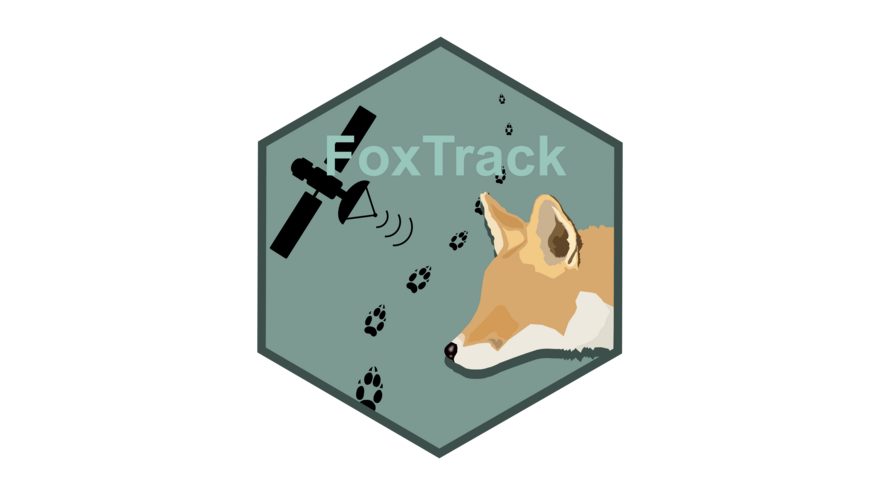The Project
Description
The red fox is one of the most adaptable and widespread carnivore species. The red fox has many roles from an ecological perspective. They play an important role as predators for a wide range of species, from insects to medium-size mammals and birds. They are seed disperses and disease carriers. They compete with humans for game and are game themselves. The red fox preys on livestock. Despite their ubiquitousness and cultural significance, we still need to learn more about their ecology and behavior.
FoxTrack follows the red fox through the landscape to get a more detailed understanding of their behavior and area use.
Objectives
1. Understand the area use and movements of the red fox in the cultural landscape and thereby assist in the management of red foxes.
2. Improve our prerequisites for monitoring wildlife on different scales.
3. Reduce the invasiveness of telemetry use by technological developments.
Methods
By collaring red foxes with light GPS collars we can follow them through the landscape. The focus of the project is on brief and intense monitoring: several thousand GPS positions are collected every day and gives an insight into habitat use and movements in outstanding detail.

Team Members
Publications
Scientific Publications
- Lindsø, L. K., Dupont, P., Rød-Eriksen, L., Andersskog, I. P. Ø., Ulvund, K. R., Flagstad, Ø., … & Eide, N. E. (2022). Estimating red fox density using non-invasive genetic sampling and spatial capture–recapture modelling. Oecologia, 198(1), 139-151.
- Bischof, R., Gjevestad, J. G. O., Ordiz, A., Eldegard, K., & Milleret, C. (2019). High frequency GPS bursts and path-level analysis reveal linear feature tracking by red foxes. Scientific Reports, 9(1), 1-13.
NMBU and the Norwegian Environment Agency
